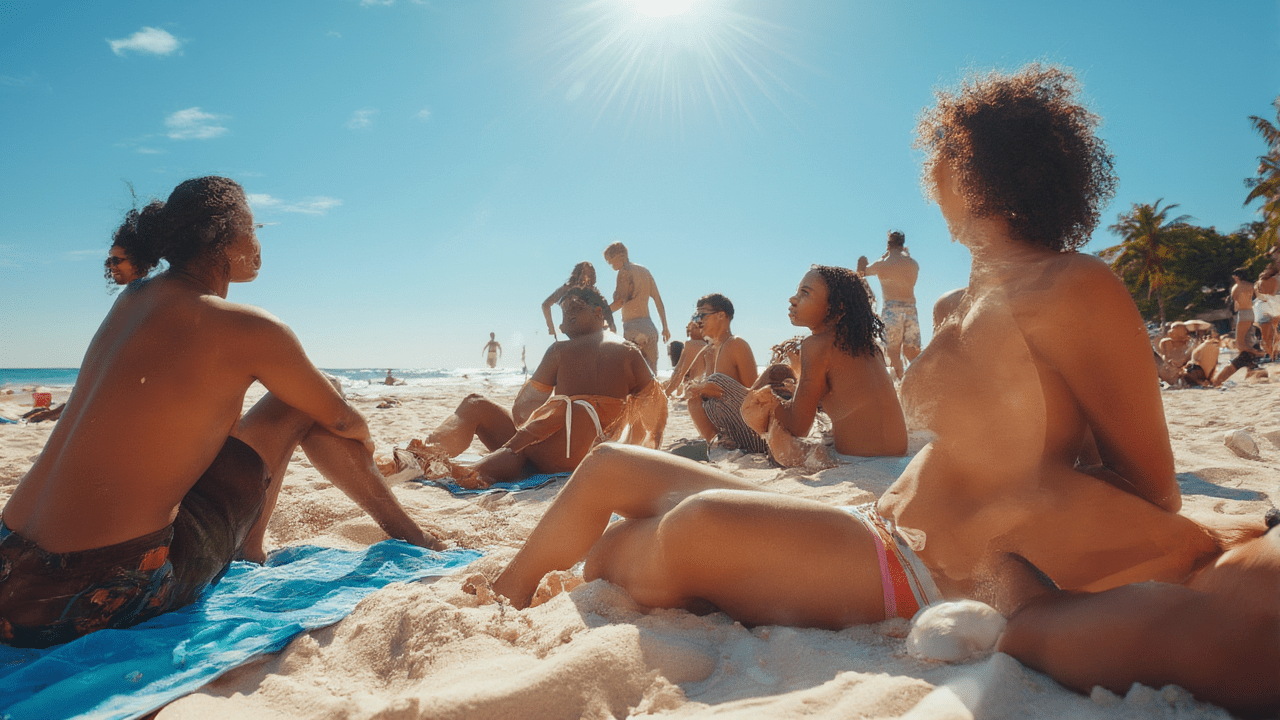Ever wondered what’s really happening when your skin gets that golden glow from the sun? Many of us love a good tan, but it’s actually your body’s unique way of protecting itself! When sunlight hits your skin, your body produces a pigment called melanin, which darkens your skin to create a shield against those powerful ultraviolet, or UV, rays.
Now, UV light isn’t just one thing; it comes in different types, mainly UVA and UVB. Let’s talk about UVA first. These rays have longer wavelengths, meaning they penetrate deep, deep into your skin’s layers. UVA rays are primarily responsible for the immediate tan you see after a short time in the sun. They do this by quickly darkening the melanin already present in your skin. Sounds great for a quick bronze, right? But here’s the catch: UVA rays are a major culprit behind skin aging, causing wrinkles, fine lines, and loss of elasticity. They can even pass through window glass, still causing damage! And yes, they contribute to skin cancer risk too.
Then there’s UVB, the other key player. UVB rays have shorter wavelengths and mostly affect the top layers of your skin. Unlike UVA, UVB rays are the ones that stimulate your skin cells to produce new melanin. This process takes a bit longer, so the tan from UVB usually appears a few days later, but it tends to last longer. UVB rays are also what give you that painful sunburn if you get too much exposure. On the brighter side, UVB is crucial for your body to produce Vitamin D. However, they are strongly linked to most skin cancers, making them quite dangerous.
So, to answer the question, both UVA and UVB contribute to tanning, but in different ways. UVA gives you a quicker, immediate tan by darkening existing pigment, while UVB stimulates new melanin for a delayed, longer-lasting tan. But here’s the important takeaway: a tan, no matter how it’s achieved, is a sign that your skin has been damaged by UV radiation. There’s really no such thing as a “safe” tan. Whether from the sun or tanning beds, all UV exposure can lead to premature aging and significantly increase your risk of skin cancer. So, protect your skin! Use broad-spectrum sunscreen, seek shade, and wear protective clothing. Your skin will thank you for it in the long run!

